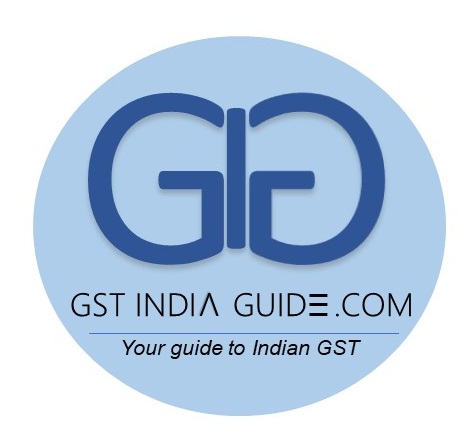The GST Council’s proposal on 20 October 2016 for 26 percent GST rate on tobacco will be seriously injurious to health. Fixation of sin tax at less than 40 percent would amount to making some tobacco products cheaper in the post-GST era. It is the only consumer product in the world that hasn’t got a single good use. It is exclusively grown and produced for human consumption and kills every 3rd of its users prematurely. It contains nearly 3,000 toxic chemicals and 25 confirmed carcinogens.
India has the second largest number of tobacco users (275 million or 35 percent of all adults in India) in the world. A study estimated that nearly 10 percent of minors use tobacco primarily because tobacco industry targets children as their new consumer base! Every year we lose 10 lakh people in India due to tobacco-related diseases.
As per estimates, the total money spent on diseases attributable to tobacco use alone is in the region of over Rs 1 lakh crore (approximately $17 billion) or 1.16 percent of India’s GDP. This enormous public health cost is substantially borne by the public health system.
Being a cancer surgeon at a government-run premier cancer centre in Mumbai, I am witness to ever increasing number of patients with unbelievably horrific cancers – nearly 40 percent of them are attributable to tobacco, a “cash crop”.
India has earned the dubious distinction of harbouring world’s highest number of mouth cancers. As per WHO, Tobacco Addiction is a disease and not a mere habit. Therefore, every 3rd adult Indian is suffering from a serious and largely incurable illness that turns fatal in one-third of the users.
There is literally no successful treatment available for cessation. In India only 2 percent of tobacco users are able to quit that too after getting fatal illnesses. As per the UN Declaration 2011, convened to tackle the issue of non-communicable diseases, the interest of Tobacco Industry is in conflict with the public health.
It will be pertinent to quote the message of prime minister Narendra Modi on 31 May 2014: “Let us pledge to spread awareness on the risks of tobacco and work to reduce tobacco consumption in India. Tobacco not only affects those consuming it but also people around. By saying no to tobacco, let us lay the foundation of a healthier India.”
In another message on 31 May 2015, he said: “World No Tobacco Day reminds us of the harms associated with tobacco consumption & a day to reaffirm our commitment to reduce this menace.”
Despite plethora of logic against it, a blanket ban on tobacco is unlikely. It is an important exportable commodity that offers livelihood, brings revenue and foreign exchange. Tobacco lobby uses the names of “farmers” and “bidi rollers” to oppose tax hike. It is proven beyond doubt that tobacco cultivation and rolling itself is a serious occupational hazard. While women constitute up to 95% of workforce in bidi industry , nearly 2.5 lakh children are illegally engaged in this hazardous business for earning a pittance.
Similarly tobacco cultivation is proven to be harmful to the farmers, their family and their environment. It is a pity that their leaders (read politicians) want them (read vote banks) to continue with their misery rather than fight for dignified alternatives.
Pan masala is the cousin of chewing tobacco that is another proven carcinogen by virtue of having betel nut in it. One can imagine the profit being made by this “surrogate” of tobacco by the fact that they rope in Pierce Brosnan apart from top bollywood celebs for their advertisements. Nearly three-fourth of India’s tobacco products are out of tax purview or brazenly indulging in tax evasion.
Ideally there should be no classification for tobacco/pan masala products under the GST regime and should attract the highest possible rate of tax. Based on the principal of elasticity, the impact of tax hike will be more pronounced in low income settings where a recent survey showed that households spend four times more money on tobacco (Rs 196) than health (Rs 56) every month.
It is an irony that a product that requires horrible statutory graphic warning is being considered for tax sops. It is a paradox to offer subsidy to a product, whose sale to minors is punishable by 7 years of rigorous imprisonment.
As India inches closer to a historical tax reform, it gives an opportunity for the government to use its “conscience” in ensuring that tobacco and pan masala are taxed the highest. All exemptions being offered to incentivise this industry whether large or small should be done away as the government policy should not seem to encourage this factory of disease and death.
First Post, 3 Nov
